Food safety is a dynamic topic with many layers, including how food is produced, how it’s distributed and ultimately how it’s stored at its final destination — whether that’s a grocery store, cafeteria or restaurant. Throughout the process, a critical question needs to be addressed: Which temperature range is the danger zone for food storage?
The Answer: Between 40℉ and 140℉
According to the United States Department of Agriculture (USDA), bacteria grows fastest on food in the temperature range of 40℉ and 140℉ — with bacteria doubling in number in just 20 minutes.
This elevated food storage temperature range earned the title “danger zone.” In other words, it becomes dangerous for people to consume food stored in the danger zone since the bacteria present can lead to illness. This scenario leads to one of two bad situations — the worst case being harmful bacteria goes unnoticed and consumers get sick, or alternatively, the tainted food is discovered and discarded.
When Foodborne Illness Is the Issue
The Centers for Disease Control and Prevention (CDC) estimates 1 in 6 Americans gets sick annually from eating contaminated food — with 128,000 being hospitalized. When a business is linked to these types of outbreaks, operations are impacted in a multitude of ways.
To put this in perspective, the average cost for fast food and casual dining restaurants facing a disease outbreak is $6,330 to $2.2. million. For fine-dining restaurant establishments, those costs can jump to anywhere between $8,030 and $2.6 million. Collectively, these expenses can include regulatory fines, legal fees, sanitation measures and a loss in business revenue.
When Wasted Product Is the Issue
Throwing out food because of potential contamination is an immediate profit loss for businesses. This scenario of course stings a bit more for fine-dining or catering establishments tossing out lobster and steak, versus a fast-food chain tossing out burgers and fries gone bad.
Food waste also has a substantial impact on the environment. Specifically, wasted food contributes to 11% of the world’s greenhouse gas emissions, and 40% of food waste comes from restaurants, grocery stores and foodservice companies. Accordingly, minimizing both pre-consumer and post-consumer food waste can support your efforts to be a more sustainable brand.
Think of CORIS as Your “Danger Zone” Safety Net
Bacteria grows rapidly when food enters the temperature danger zone. The CORIS remote temperature monitoring system notifies you of issues with the food storage temperature in real-time so you can act quickly. Rather than reacting to temperatures in the danger zone, customizable alerts enable you to take a proactive stance to ensure quality control, with the assurance that alerts will continue until the issue is resolved.
Interested in integrating CORIS into your food safety practices? Contact us today.
